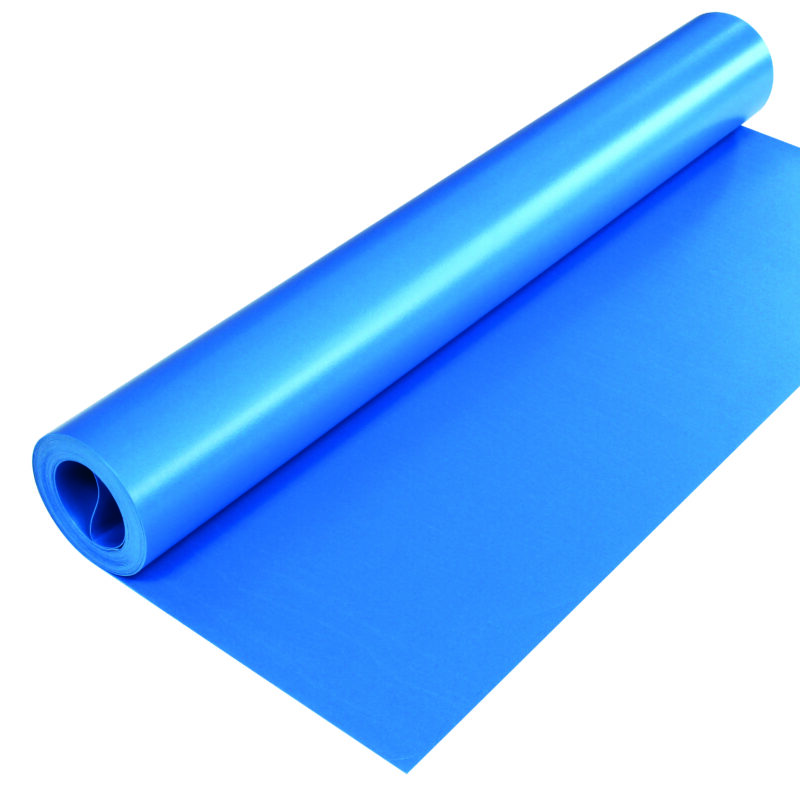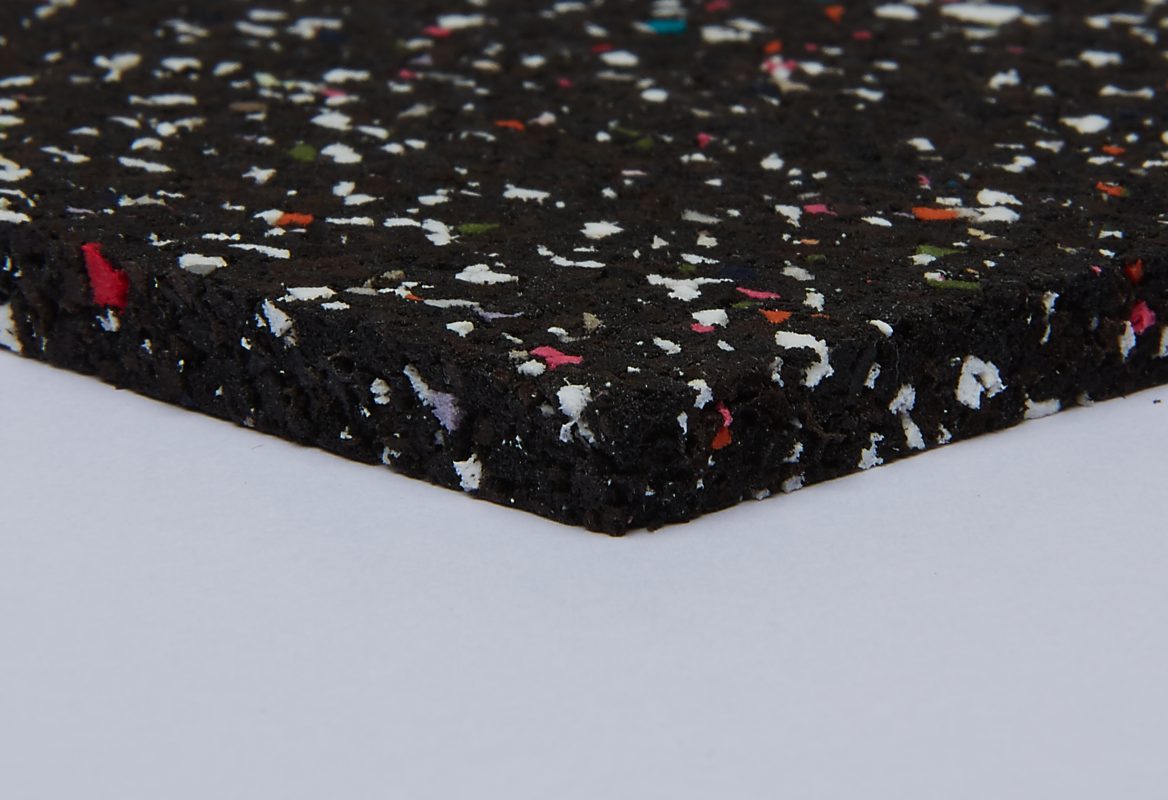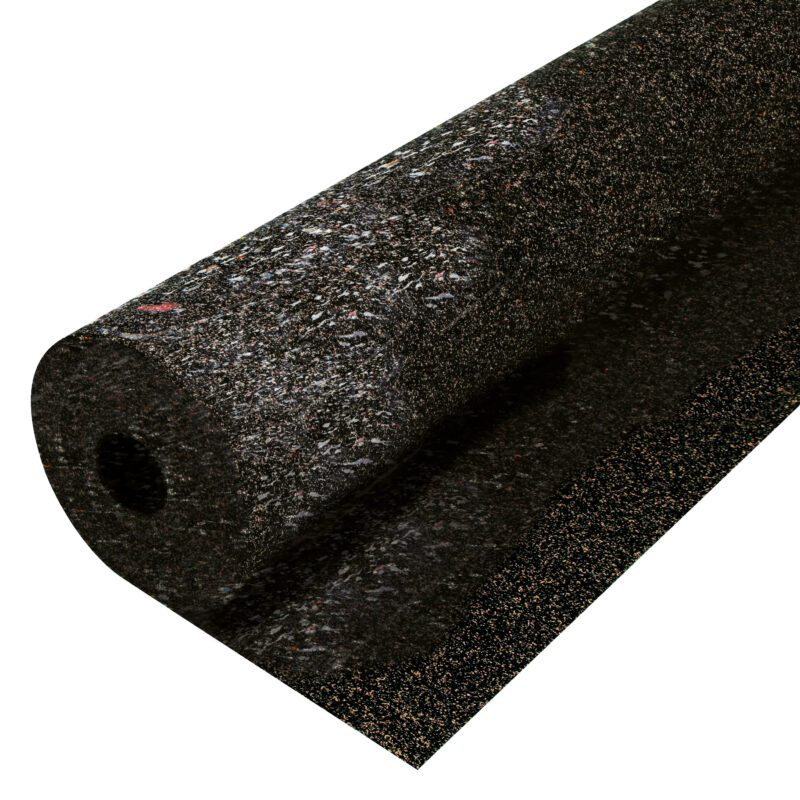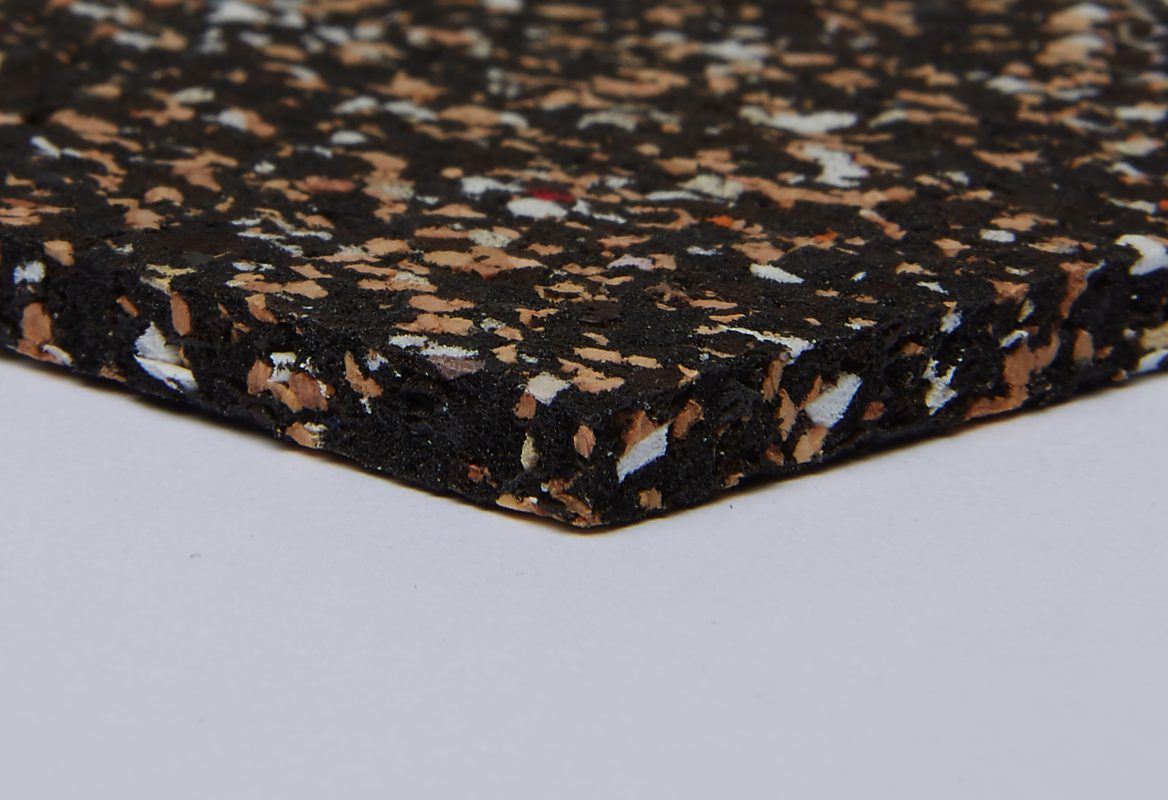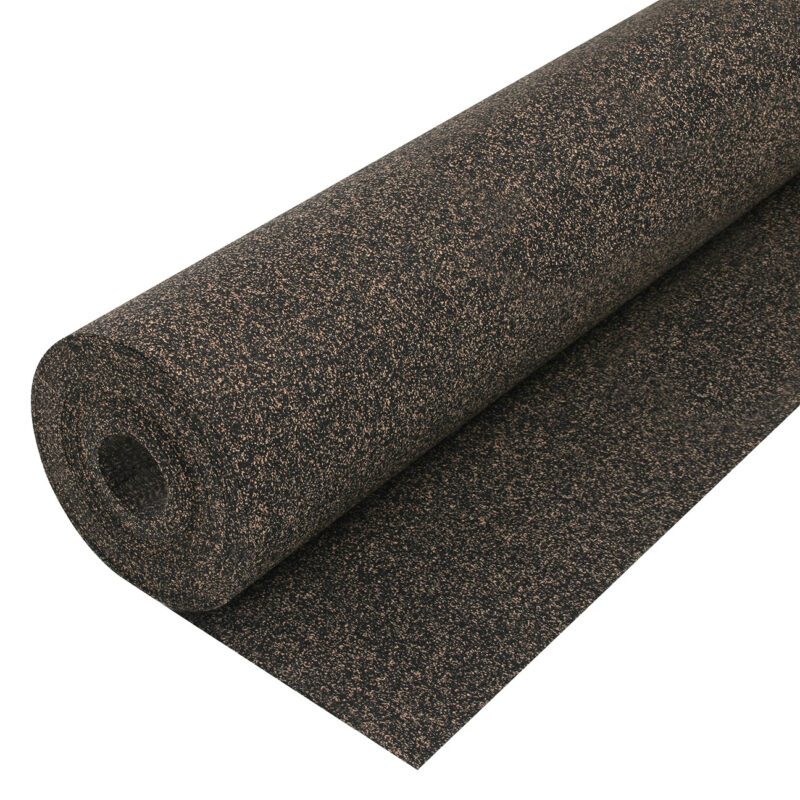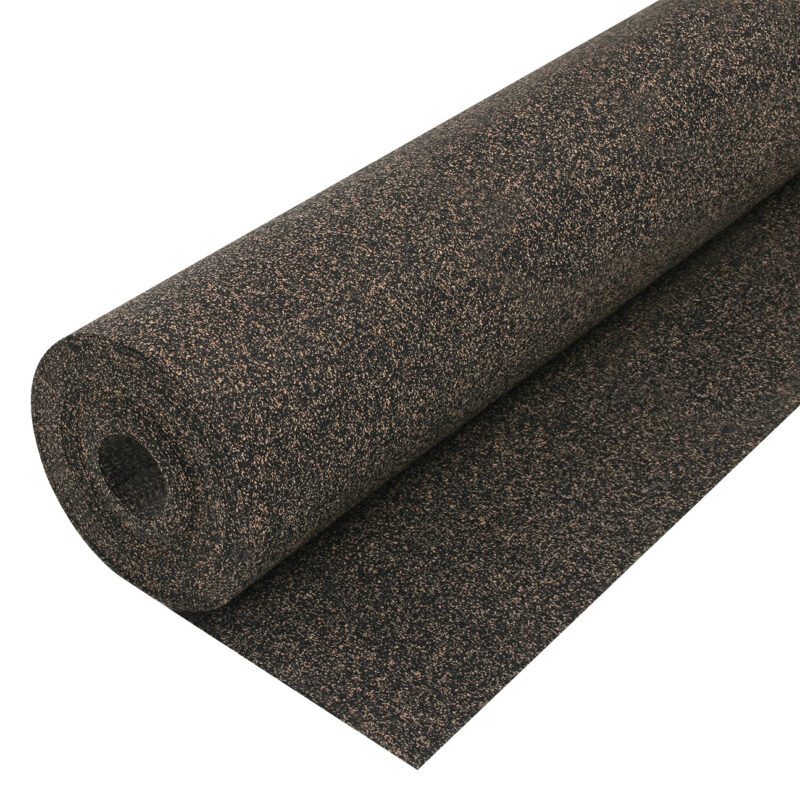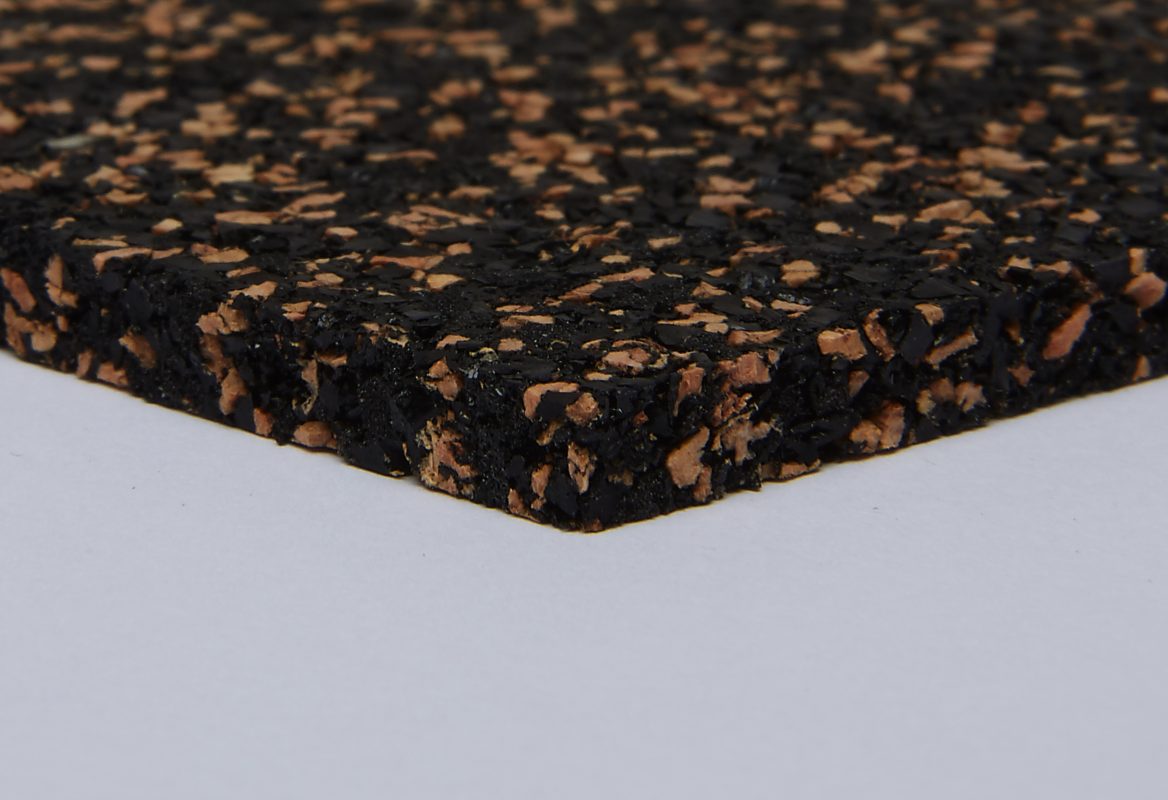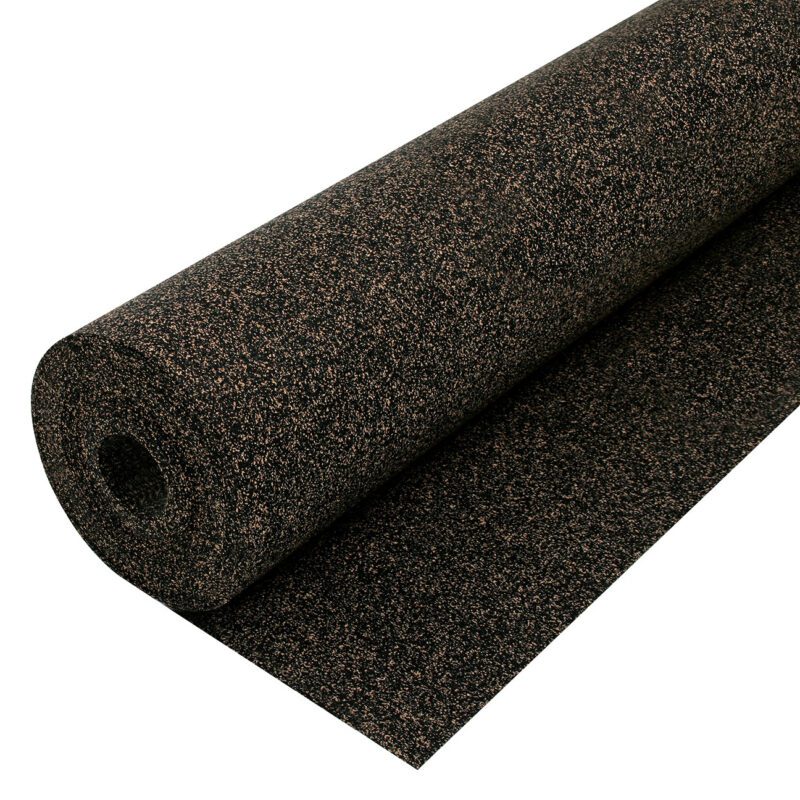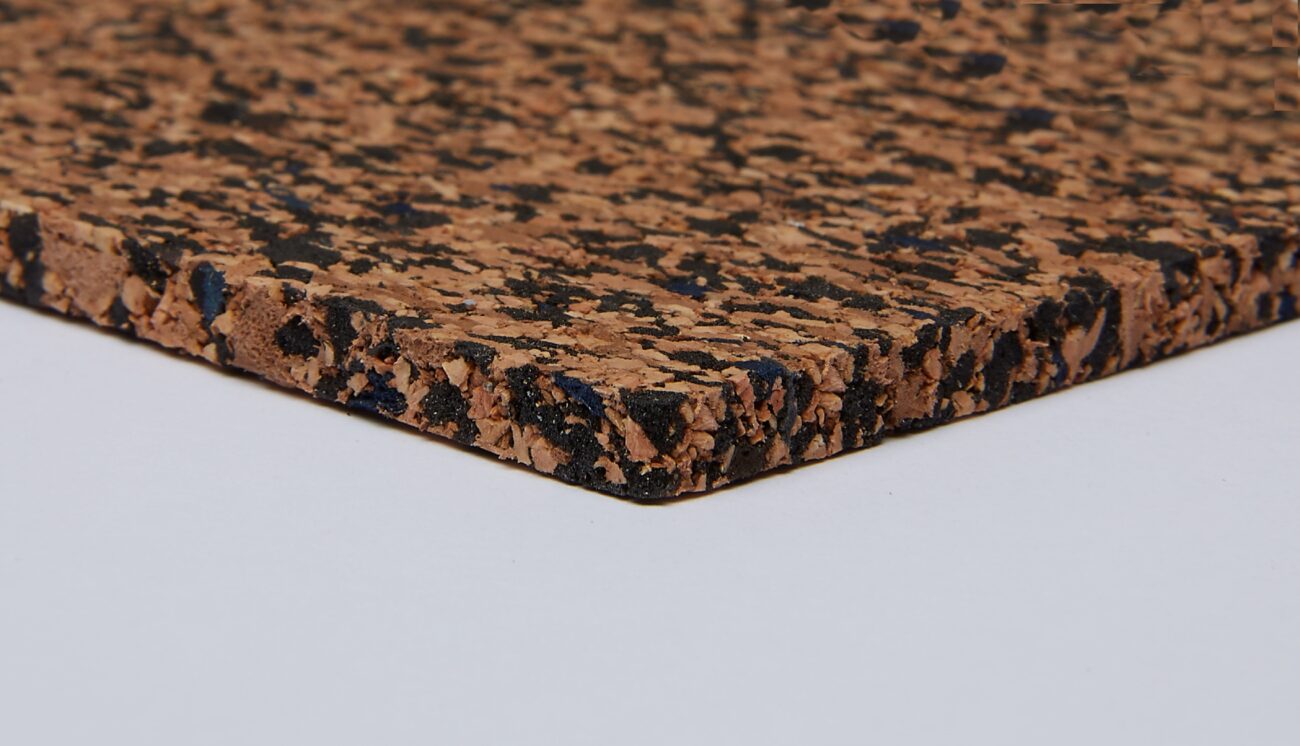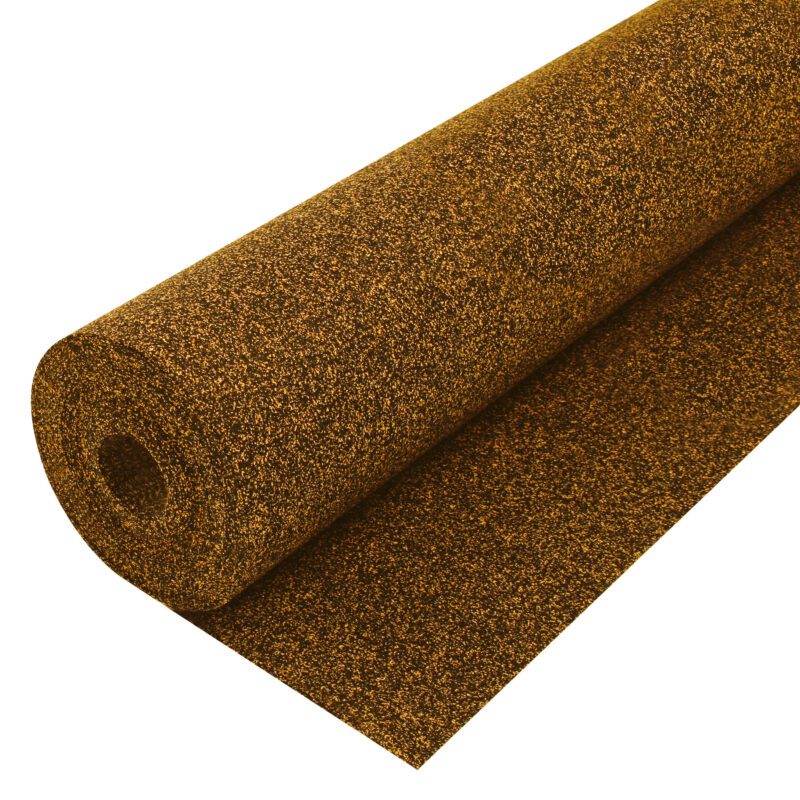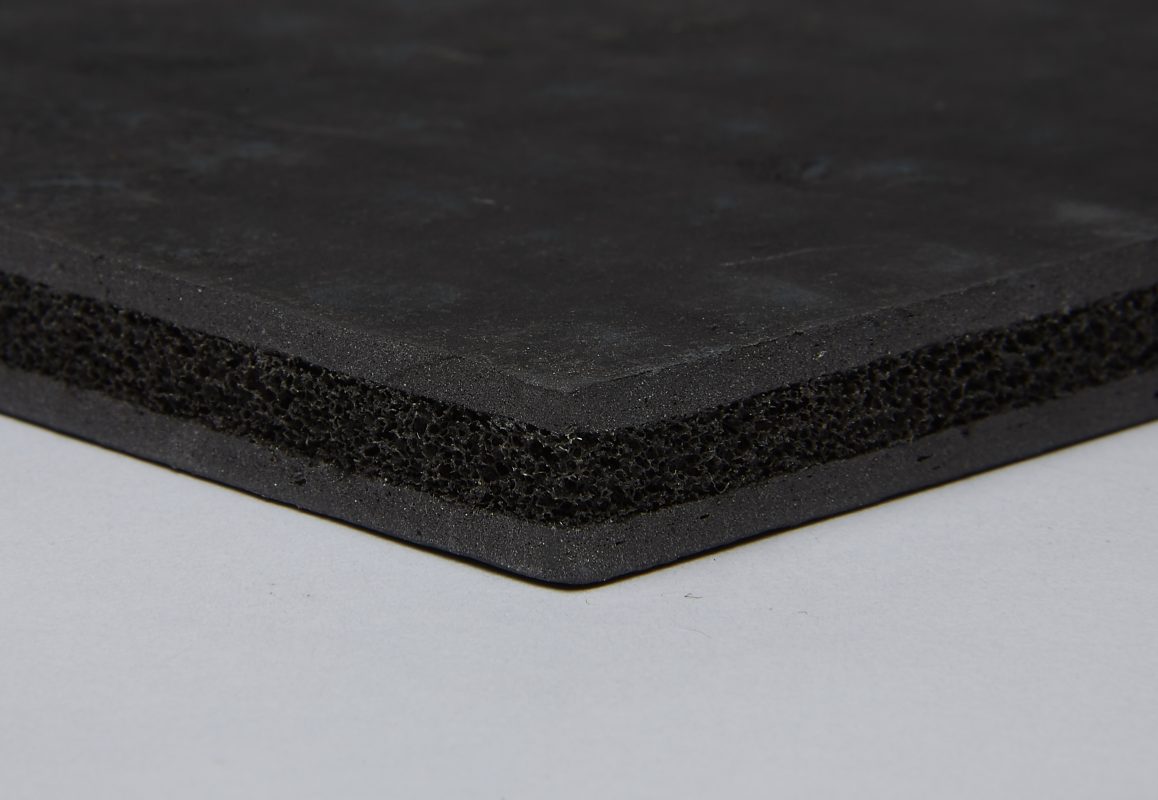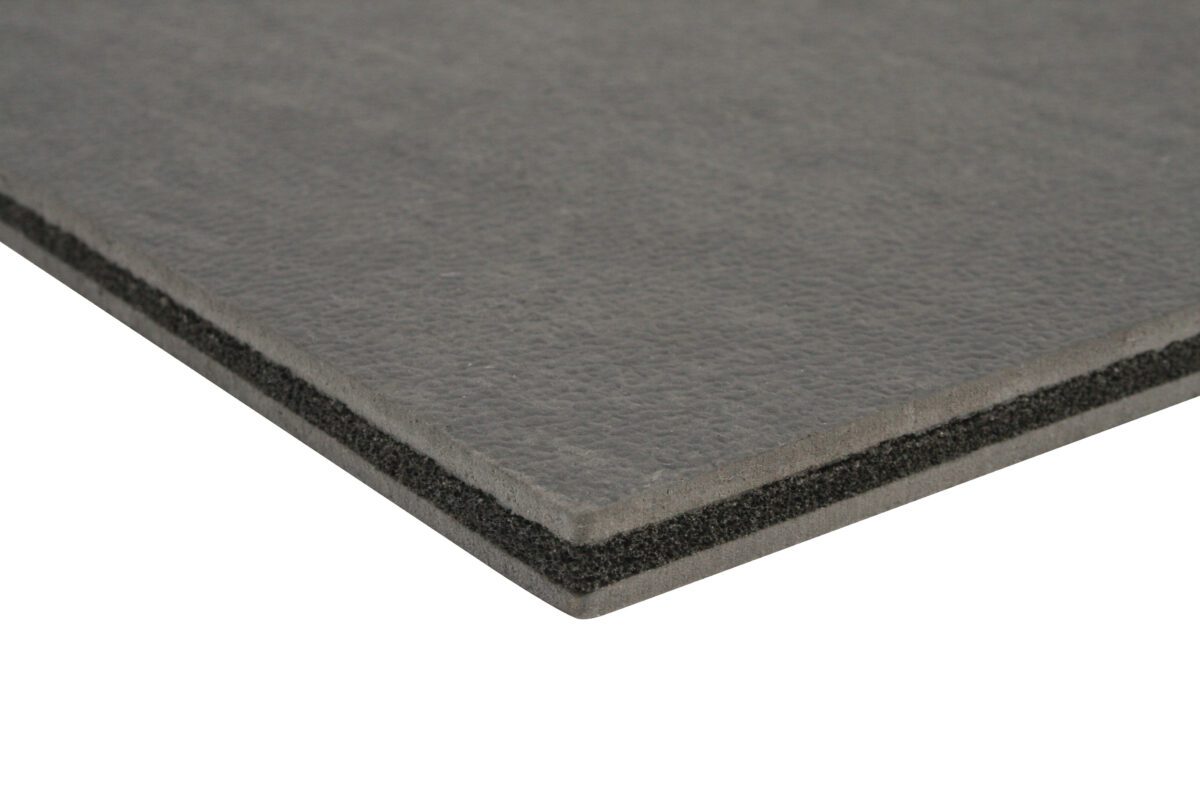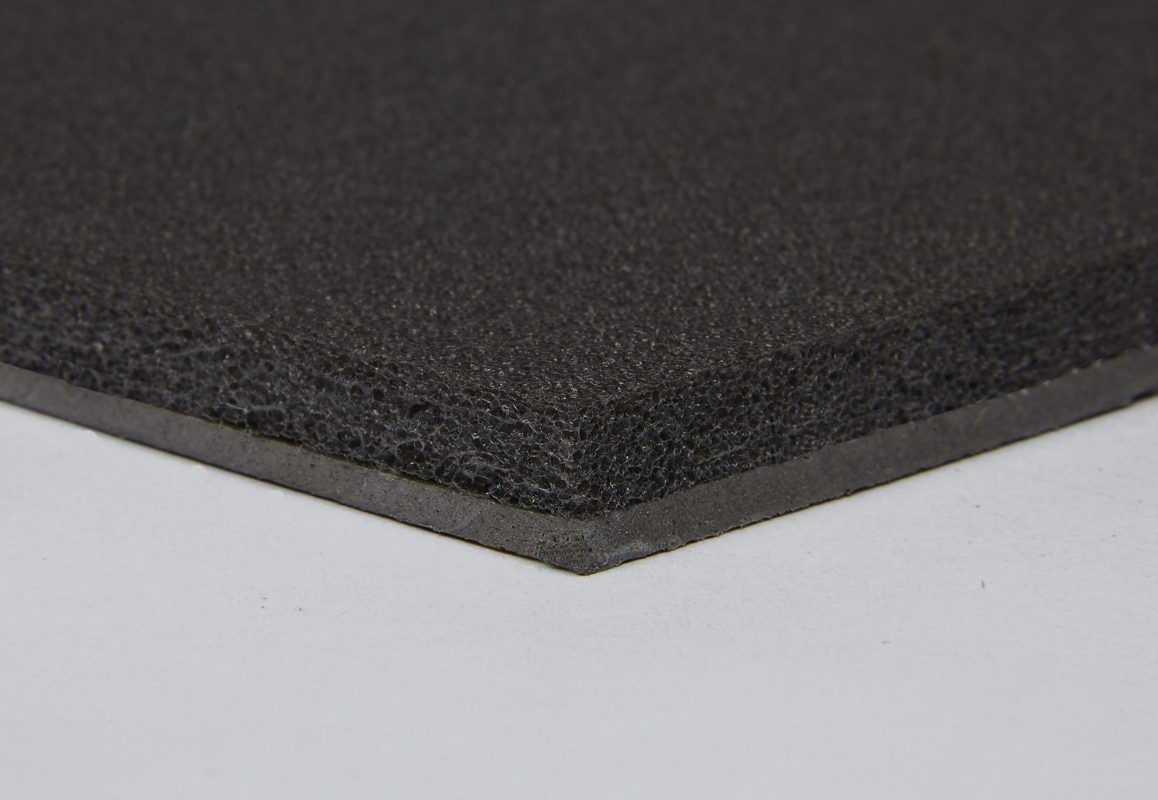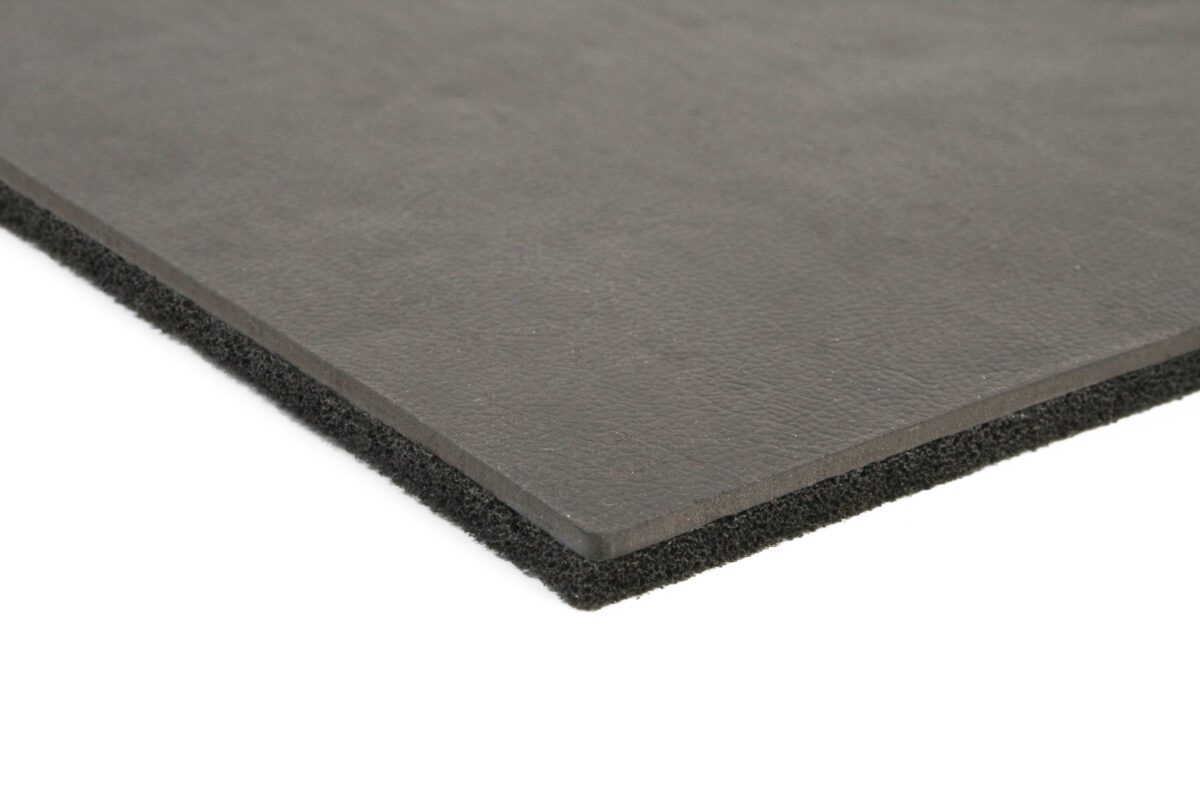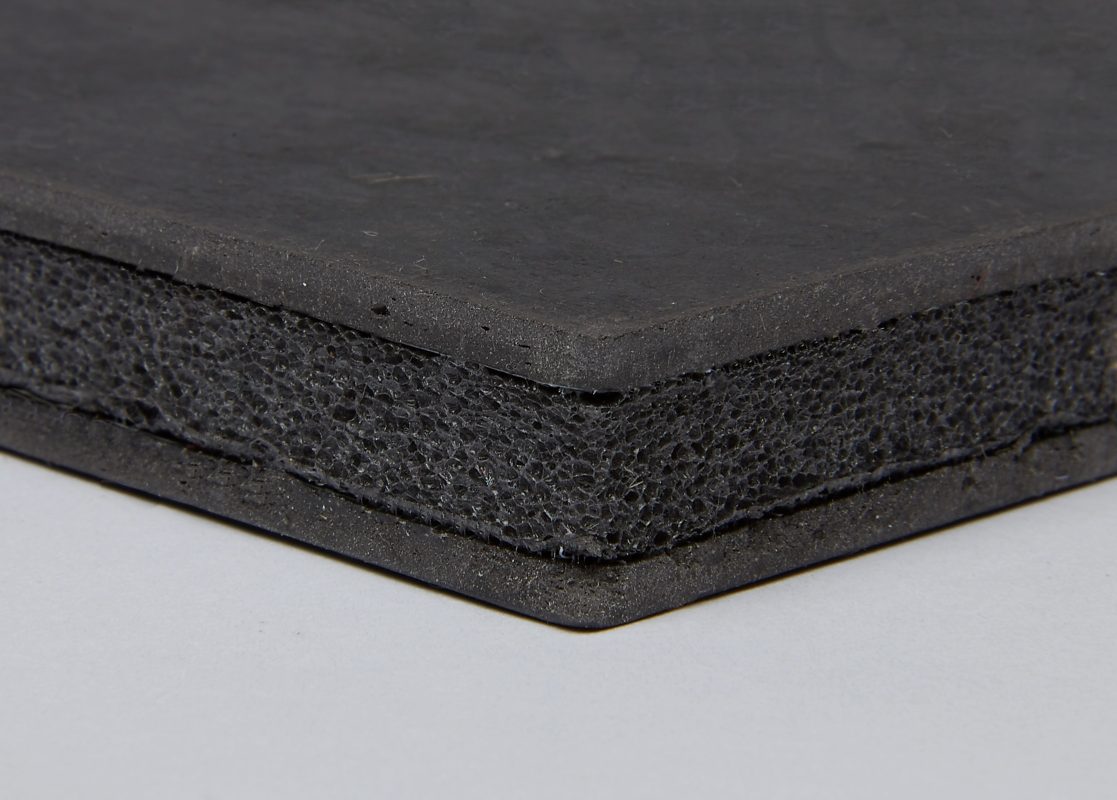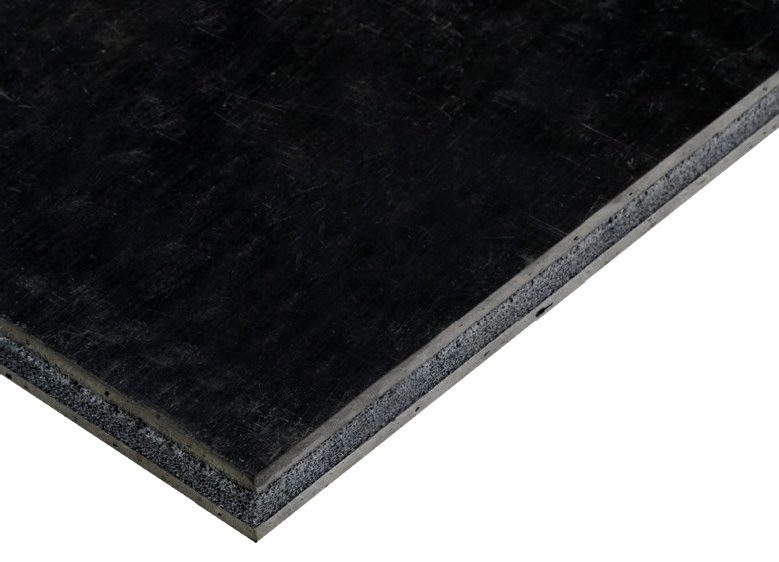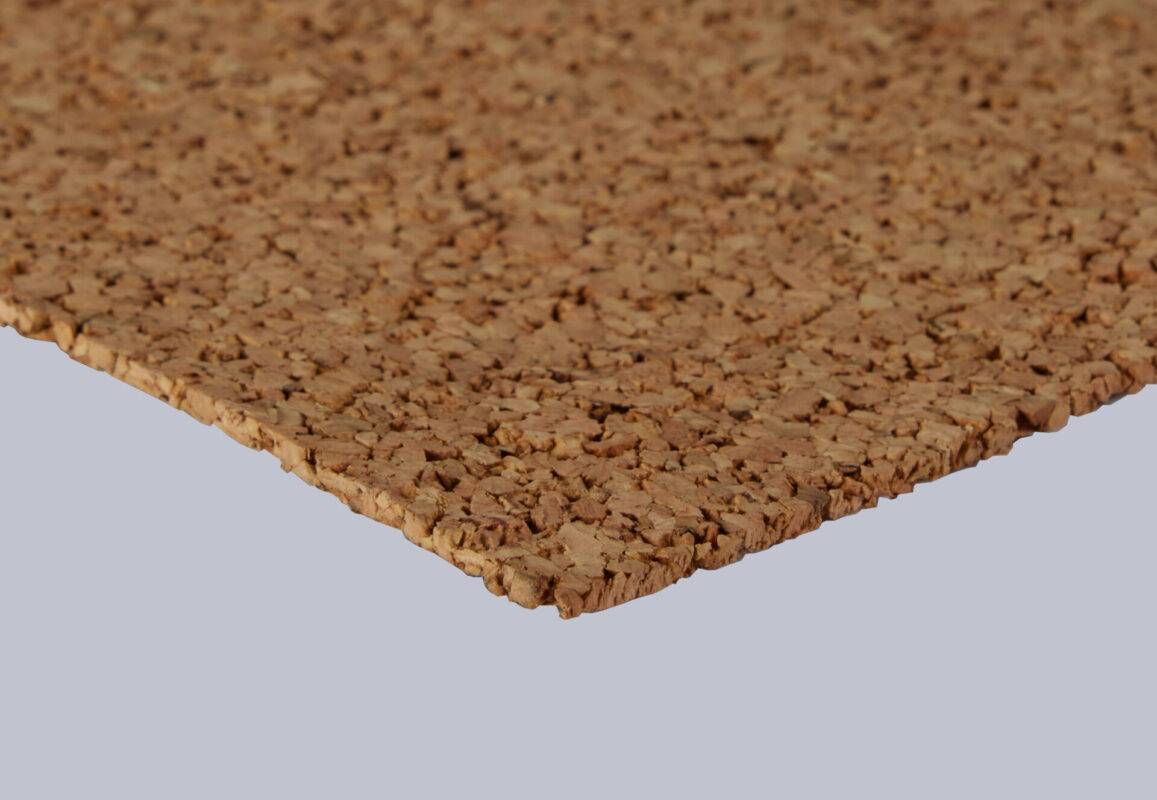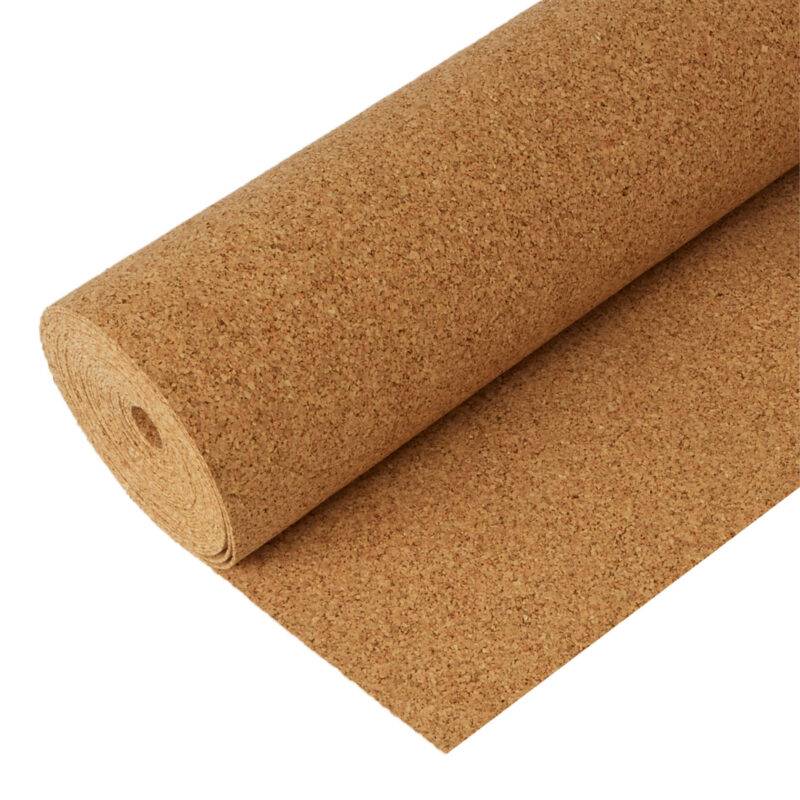Acoustic Underlay

Some floors are noisier than others, and when they are within your home, they can disturb the peace you desire and deserve. It may make you think you need to replace the entire floor just to remove the aggravation from your space. But what if you didn’t have to do that?
We are introducing QA Flooring’s Acoustic Underlay range. We have a soundproofing underlay range for wood, carpet, and laminate flooring, each of them boasting high sound absorption properties, as well as various other bonuses depending on what you need.
Take a look below for our FAQ list.

At QA Flooring, we believe an acoustic underlay may be one of the most necessary in a modern home of all the underlays. This is due to a few reasons.
- Dense Living – Urbanisation has made it so that most peoples’ first homes will be multi-story buildings of some kind. These are dense living conditions, with both impact and airborne noise transmitting easily between rooms and through floors.
- Open Floor – A lot of modern homes favour open floor plans, where areas that would be different rooms in an older, or larger, home are combined into one. This is particularly common with kitchens, dining rooms and living rooms. With different functions taking place in the same room, having an acoustic underlay can help reduce airborne noise, reducing the number of potential distractions within the room.
- Ease of Application – Whether you’re talking about heat or sound, insulating your floors with industrial material is far more time-consuming and costly than applying an acoustic underlay – depending on the flooring type. Not only this, but a soundproof underlay often serves several purposes that bring additional benefits to the home, such as improved comfort and moisture suppression.
No. Although the thickness of your soundproof underlay can definitely contribute to its acoustic insulation ability, it’s entirely possible for acoustic insulation underlays that are less than half the level of thickness of another to outperform in the realm of acoustic insulation.
Let us quickly go through the different factors:
- Thickness – Thick underlays can reduce the energy of acoustic waves against the floor. This is because the sheer amount of material makes it effective in cushioning absorbing airborne sound.
- Density – Dense materials are dense due to the high amount of packed molecules. These molecules capture the waves of impact and airborne sounds, and convert them to a different type of energy, such as heat.
- Material Composition – Different materials have different abilities to resist the flow of acoustic energy. Materials like rubber and cork have structures that give them a high ability to dissipate sound energy.
- Type of Sound – Sounds have different waves. Just like how different wavelengths of light determine its colour, different wavelengths of sound determine how easily it dissipates. For example, airborne and impact noise are two different types of sound. Airborne noise includes things like tv noise and music, whereas impact sounds consist of footsteps and similar movements directly on the floor.
Yes, it’s entirely possible. That being said, there are some things to consider, as an acoustic underlay tends to be thick and/or dense, both of which can make it hard for underfloor heating to be efficient. As such, ensure you check the following:
- Thermal Conductivity – In order for the heating to properly enter and heat up the room, the floor has to be highly conductive to heat. Conductivity is the measure of how easily heat can go through the material.
- Thickness – A thick underlay is typically a good insulator, meaning that it’s designed to keep the room warm by keeping heat inside of it. However, the underfloor heating is typically on the other side of this barrier, meaning all the heating is trapped underneath the floor if the insulation is too high.
- Material – Some materials are simply not that good for transmitting heat. For example, polystyrene foam, and a lot of rubber products. It’s unlikely that products that have these will do an effective job. You should look more towards Polyethylene foam, for example, those coated in aluminium.
Yes, an acoustic underlay can indeed help reduce vibrations. The impact noise of feet against the floor usually results in vibrations that travel through the ground.
- Impact Noise Reduction – Impact noise occurs purely due to vibrations made through the floor from said impact. Acoustic underlays primarily absorb sounds, such as airborne sounds and increase impact sound reduction. Sound vibrations are particularly noticeable when the underlay is on floors above the ground floor.
- Dense Materials – Dense materials are highly effective against dissipating vibration. These materials can be rubber or high-density variants of foam. The molecular makeup of these materials makes their ability to absorb and kill vibration (and sound) incredible.
- Decoupling Effect – Some underlays have what’s called a decoupling effect. This refers to the ability of the floor to interrupt the path the vibrations travel, therefore killing it mid-flight. This is done by creating a layer of separation between the floor and subfloor. If there’s nothing to travel through, then there’s nowhere for the vibration to go.
- Barrier layer – Some acoustic underlays have what’s called a mass-loaded barrier layer. This adds mass to the flooring, making it harder for vibration to pass through as there’s simply too much mass for it to affect.
- Resilience – There is an anti-compression effect within acoustic underlays that allows it to absorb the shock of impact.
Yes. Acoustic underlays offer impact sound reduction. Sound is a wave, and it bounces off of objects much like light does, albeit with varying effectiveness. With an acoustic underlay, sound can bounce off of the floor and keep the sound within the room. This can not only help with immersion, but it can also help with not disturbing others.
Do QA Flooring’s soundproof underlay range work on any floor or subfloor?
This question can be split into two:
- Floor – We offer an acoustic underlay range in carpet, laminate flooring, and engineered wood (i.e. a timber floor).
- Subfloor – Our acoustic underlay range works on any subfloor, such as wood or concrete floors. Depending on the type of subfloor, we would recommend getting additional benefits, such as a moisture barrier for concrete floors.


